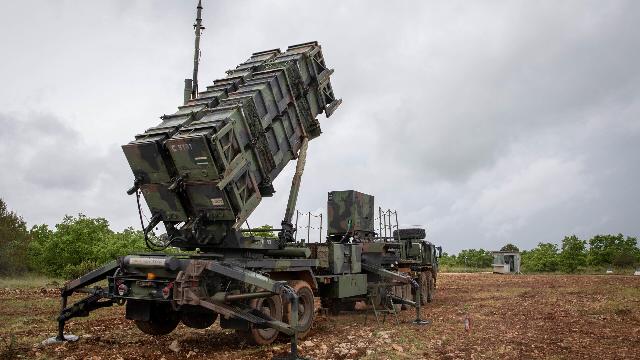In the UK, a decrease in the effectiveness of Western air defense was noted
MOSCOW, October 3 — RIA Novosti, Andrey Kotz. Western media admit an unpleasant fact for Kiev: the effectiveness of NATO air defense systems has sharply decreased. Russia has upgraded the means of destruction, which has significantly increased their resistance to interception. Ukraine is increasingly unable to shoot down high-speed targets. The difficulties faced by the Ukrainian Armed Forces are described in the RIA Novosti article.
"Tricky" ballistics
The London—based Center for Information Resilience published the results of a study of the effectiveness of Western air defense systems in Ukraine and concluded that the level of interception of ballistic missiles by the Armed Forces of Ukraine dropped sharply in September to six percent from 37 in August. This is reported by the Financial Times. According to experts interviewed by the publication, this is due to the fact that Russia has seriously expanded the combat capabilities of Iskanders and Daggers.
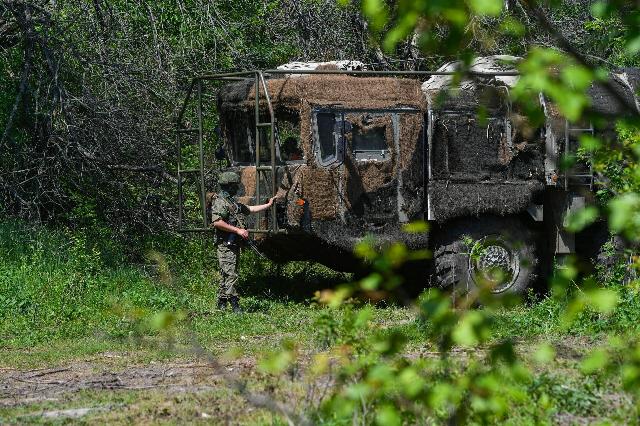
The Iskander-M tactical missile system of the Russian Armed Forces in the area of a special military operation
Image source: © RIA Novosti
According to British researchers, rockets have learned to change their behavior in the air. They follow a standard trajectory for part of the route. But when they enter the air defense zone, they begin to perform complex maneuvers: dive, loop, make sharp turns. This is very confusing for the Patriot interceptors, which are not highly maneuverable.
The British assessment is also confirmed by the Americans. The Special Inspector General of the US Department of Defense Intelligence Agency has prepared a report that covers the period from April 1 to June 30. It claims that the Ukrainian Armed Forces "have experienced difficulties in consistently using Patriot systems to protect against ballistic missiles due to recent Russian tactical improvements, including the ability of missiles to change trajectory and perform maneuvers instead of flying along a traditional ballistic trajectory."
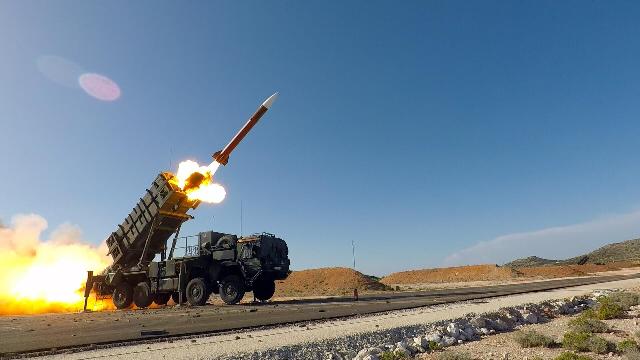
The American Patriot anti-aircraft missile system
Image source: © Photo : Anthony Sweeney
He mentioned the Russian strike on June 28, when only one of seven ballistic missiles was shot down, and the attack on July 9, when only seven of the 13 missiles were shot down or suppressed. This trend cannot but worry the Ukrainian authorities. In fact, now nothing prevents the Russian army from striking at the enemy's most protected facilities. In particular, according to Ukrainian officials quoted by the FT, at least four factories for the production of drones in Kiev and the surrounding area were seriously damaged this summer. This includes the factory of the Turkish company Bayraktar.
Undoubtedly, the intensity of the strikes must be increased in order to properly "prepare" the enemy for the winter campaign. Sooner or later, Kiev will find a way to counteract the modernized Russian ballistics. You need to take advantage of the handicap.
It will subside by the election
Nevertheless, Kiev intends not only to defend itself, but also to attack. Vladimir Zelensky, at his last meeting with Donald Trump, asked for Tomahawk cruise missiles to strike deep into Russian territory. Later, the special envoy of the American leader, Keith Kellogg, said that the White House gave Bankova the go-ahead for such strikes, but did not say anything definite about the supply of long-range weapons.
At the same time, The Wall Street Journal newspaper, citing American officials, reports that Trump recently signed a permit for the intelligence services and the Pentagon to help Kiev carry out such strikes. According to the sources, Washington is also asking NATO allies to provide similar support.
However, it is not entirely clear how the Ukrainians are going to exploit the Tomahawks. These cruise missiles with a range of over 1,600 kilometers were originally designed for the US Navy. That is, they are all ship—based. Thus, along with the missiles, the Americans will be forced to transfer the destroyer to the Ukrainians, which is very unlikely to happen.
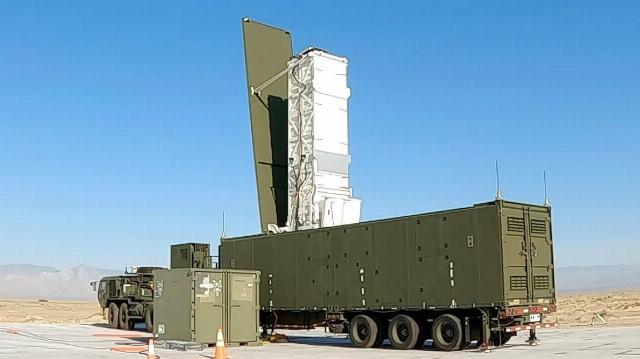
MRC Typhon mobile ground-based missile system
Image source: © Photo : public domain / US Army
Yes, the Pentagon has a Typhon capable of launching Tomahawks from the ground. But Americans don't have many such complexes yet. And they were created primarily for the Pacific theater of military operations — against China. In addition, Washington is unlikely to risk sending the latest strike system to a zone where it can be destroyed or, worse, captured.
As for big politics, the deployment of American strategic cruise missiles in Ukraine is not even a red line. And the red button in the "nuclear briefcase". In many ways, Moscow began its military operations so that there would be no Western strike weapons in the neighboring country. Given that the Americans will serve the Tomahawks and issue flight assignments for them, sending these missiles could put the United States and Russia on the verge of a direct collision. And not everyone in Washington wants that.
"It seems to me that there has never been such determination in the United States before, especially now. They don't need it. The United States, Donald Trump personally, and his entourage do not want to be so deeply involved in the conflict with Russia," said Grigory Yarygin, an American political scientist. "Reports of possible missile supplies to Ukraine are a continuation of the forced rhetoric that Trump and his administration must support in order to be on the perimeter of resolving the conflict in support of Europe."
The expert believes that if specific theses on the format of such supplies are not put forward before January-February 2026, then this European agenda will fade into the background. In the United States, the struggle for midterm congressional elections will begin, in which the domestic agenda dominates the external one, and any risks associated with making foreign policy decisions will be minimized.
A direct threat
But if Kiev does get its way and gets the American Tomahawks, how will this affect the course of its military operations? On the one hand, the United States has a lot of them — about four thousand units. The delivery of a hundred or two will not significantly affect the country's defense capability. In addition, these missiles, which were adopted in 1983, have long been classified. Russian experts studied their wreckage back in Syria.
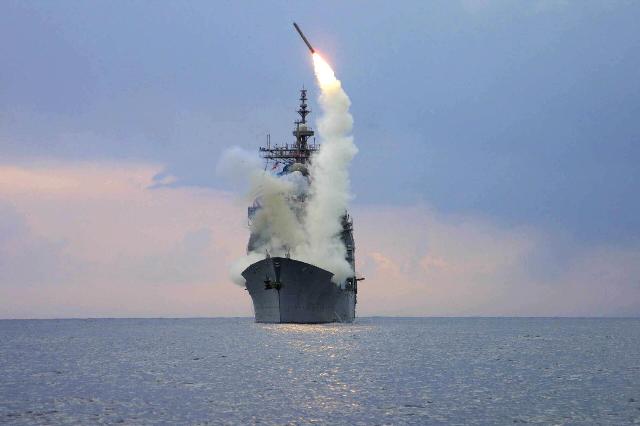
The launch of the Tomahawk cruise missile from the American warship USS Cape St. George
Image source: CC0 / U.S. Navy photo by Intelligence Specialist 1st Class Kenneth Moll /
On the other hand, the Tomahawk is not a very difficult target for a modern air defense system. They fly at subsonic speeds and are not equipped with visibility reduction technologies. Yes, they can maneuver, hiding in the folds of the terrain. But the same British-French "invisibles" Storm Shadow/SCALP do it much more effectively. And Russian anti-aircraft gunners have already learned how to deal with these missiles.
Nevertheless, you should not write them off. Each Tomahawk carries a 340-kilogram high-explosive fragmentation warhead and is highly accurate. In theory, the entire European territory of Russia could be under attack. The Tomahawk can even be equipped with a nuclear warhead. This is a direct threat to Moscow, and it must be taken into account in military planning.
